Recording Engineer
Well-known member
Has anyone done a mic (better yet just a capsule) with a drop, instead of a typical rise, in the 6k-9k range and is relatively linear every where else? The U89 is the only time I've seen something like that!
Recording Engineer said:Has anyone done a mic (better yet just a capsule) with a drop, instead of a typical rise, in the 6k-9k range and is relatively linear every where else? The U89 is the only time I've seen something like that!
Recording Engineer said:Hey Marik!
In this case I was thinking of a dip with gradual rise back up... For use on a vocal.
Although, I also like the idea continued roll-off after the dip; particularly as room mics on drums or something... Even electric guitar cabinets.
Recording Engineer said:do we just need a couple global ultra-linear, ultra-wide bandwidth, life-capturing (or bigger than life), musically-exciting capsule options and simply EQ to application and taste? ...
Tim Campbell said:Your capsule sounds very interesting Mark. I can't wait to see and hear one
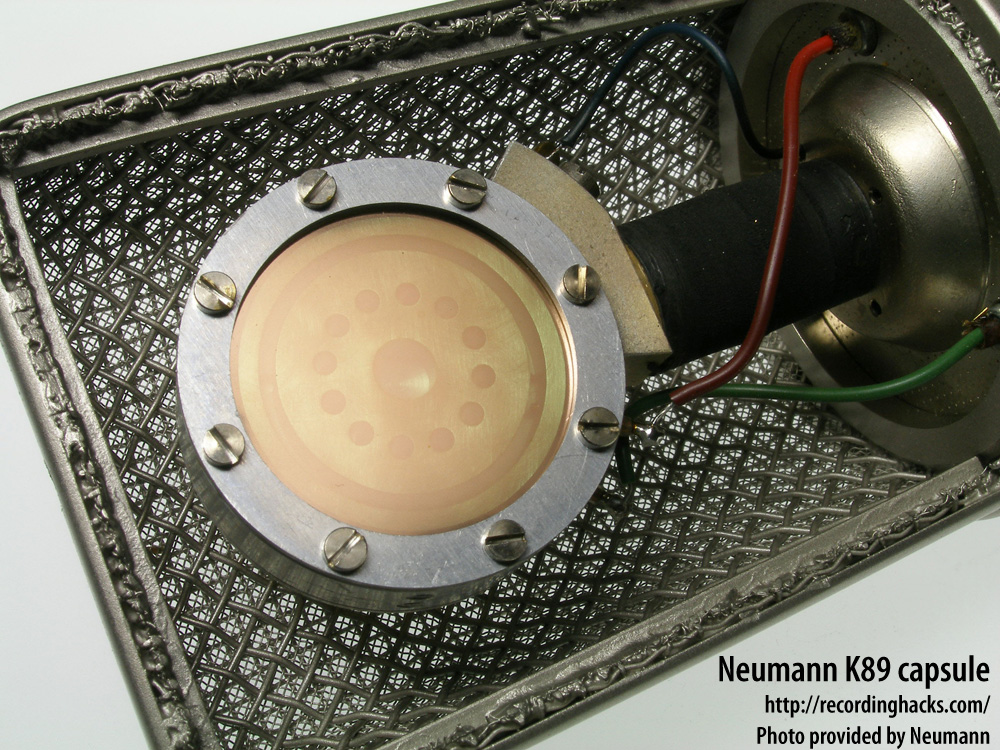
Marik said:The on axis frequency response would not give you the whole picture of complexity of the capsule's sound and tone. The off axis information pickup and directivity (which is frequency dependent) very often are even more important. Depending on the capsule style the response will depend on distance from the source, which again, is also frequency dependent.
Different diaphragm material and thickness can also give you different tone (even though two capsules can measure the same). The tone will also be very different between aperiodic capsule designs (most of Neumann) and resonator based ones (AKG).
Then we have controllable and un-contorllable distortions (both 'pleasant' and 'unpleasant', whatever those mean). The causes include parasitic capacitance, nonlinearity of the capacitance-to-voltage transfer, diaphragm resonances, chamber resonances, non parallel nature of diaphragm deflection in respect to backplate, etc..
So to answer your question, there will be much more than a couple 'basic' designs to cover the whole spectrum of microphone use.
Our approach is designing a linear and neutral sounding capsule, with full and balanced low end and smooth and neutral top.
The capsules are single sided 3 chambered type of the design. The system parameters chosen so that the 1st and 2nd chambers used mostly for shaping the capsule's frequency response, and the 3rd to set time delay (without affecting the frequency response, much). Because of such independence it allowes much easier and more precise optimization all the parameters. Also, that independence insures superior phase integrity in off axis response, which allows to take EQ very well (the reason I mentioned it, first thing). The essential part is eliminating the capsules parasitic capacitances, so all together that provides very realistic sound picture.
Best, M
Marik said:Speaking of U89... it has quite an interesting capsule. Have you looked at it closely? Looking at the backplates and overall construction I wouldn't think those bigger holes go through. Are there are smaller holes connecting the chambers?
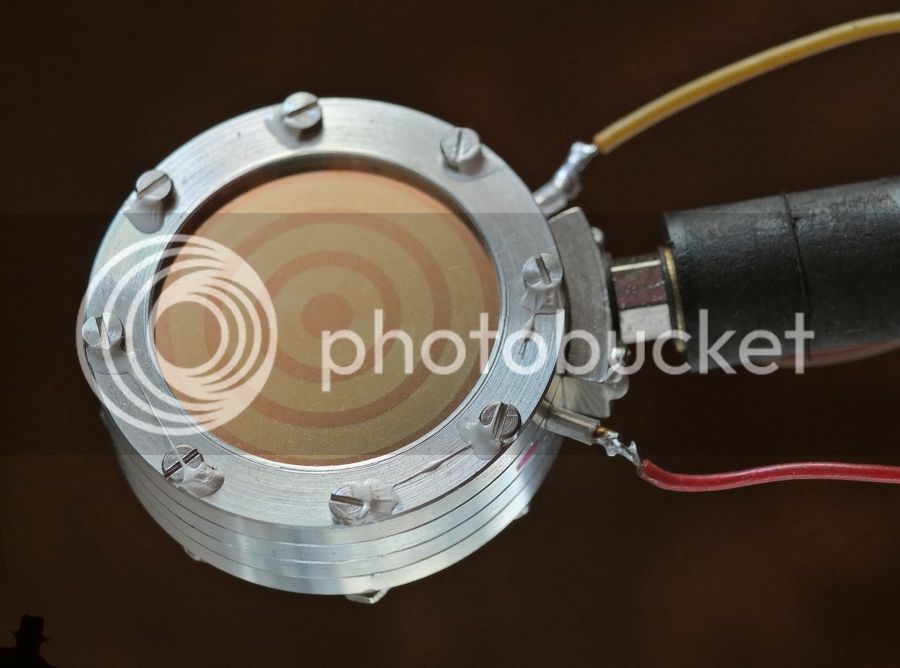
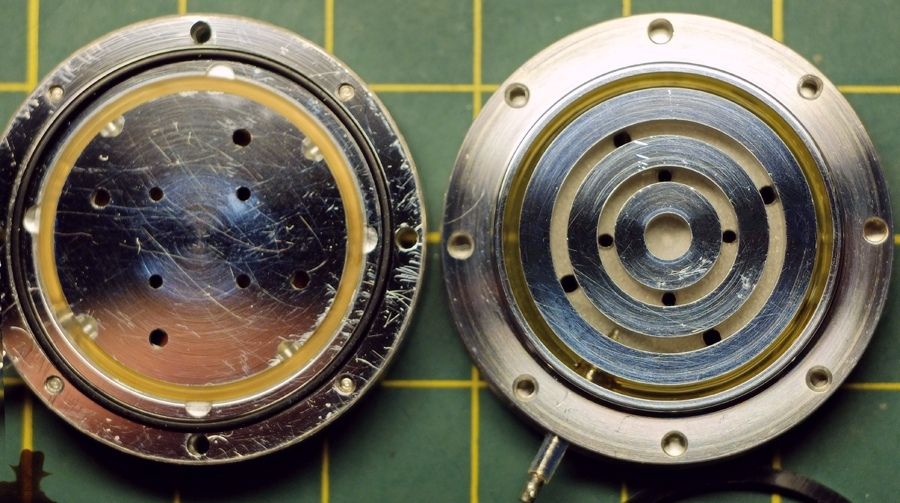
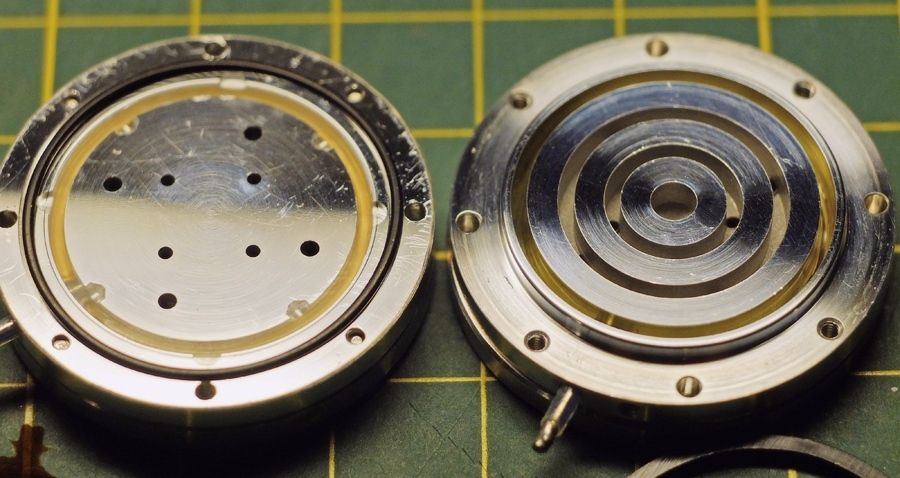
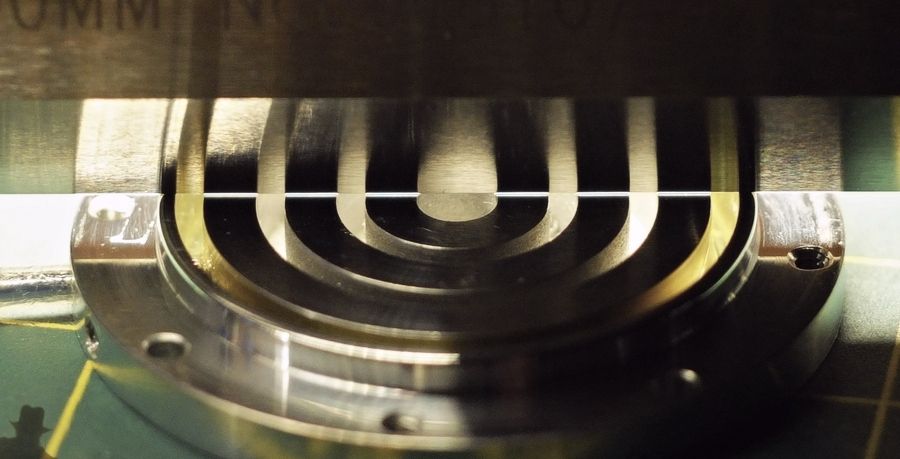
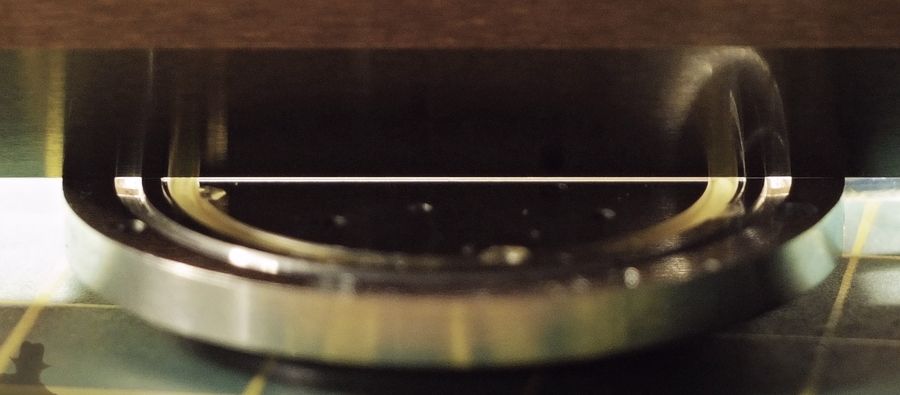
micaddict said:And I'd say the differences will be most obvious on the tricky transients.
Yes.Recording Engineer said:Can we purposely take this too extreme for a second? Business-opportunities and research aside, do we just need a couple global ultra-linear, ultra-wide bandwidth, life-capturing (or bigger than life), musically-exciting capsule options and simply EQ to application and taste?
Enter your email address to join: